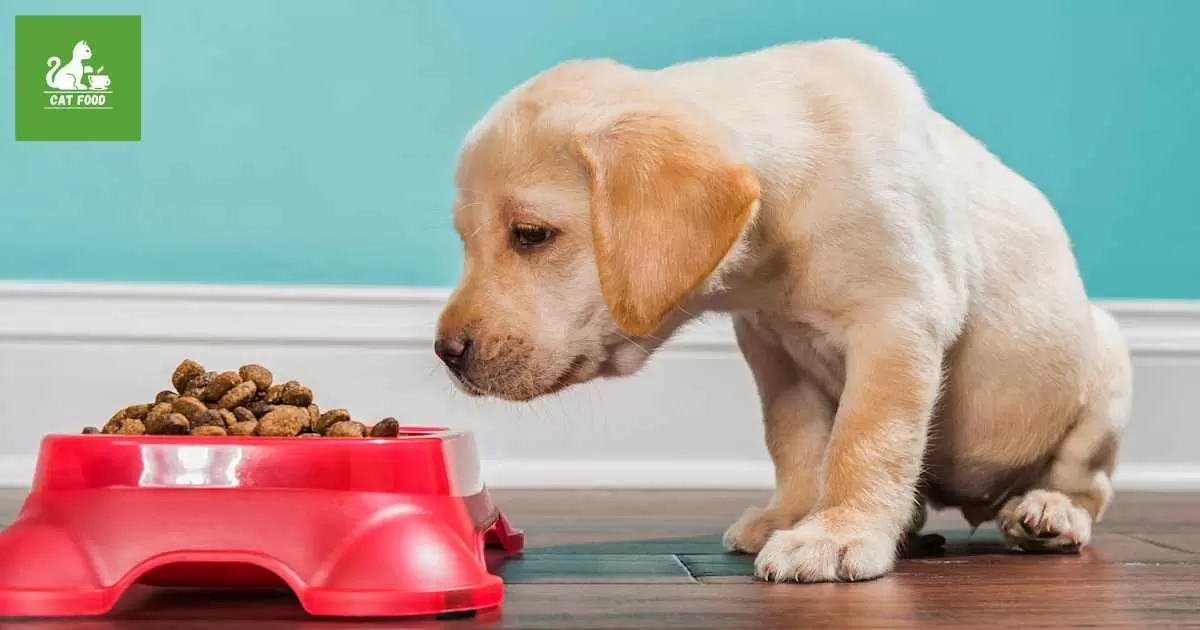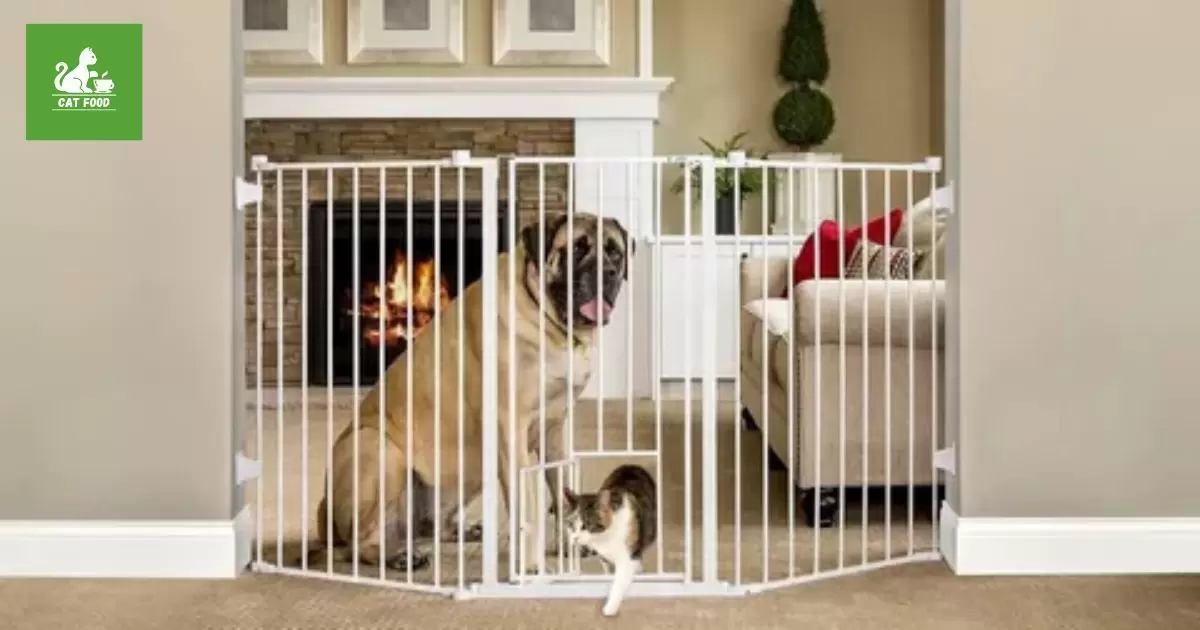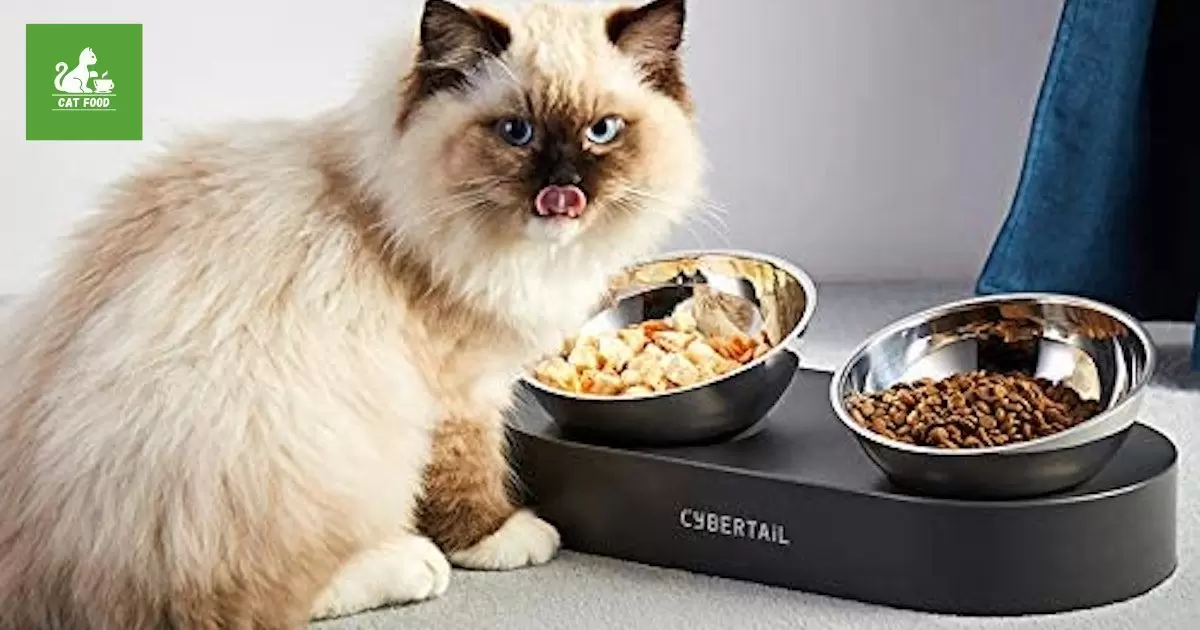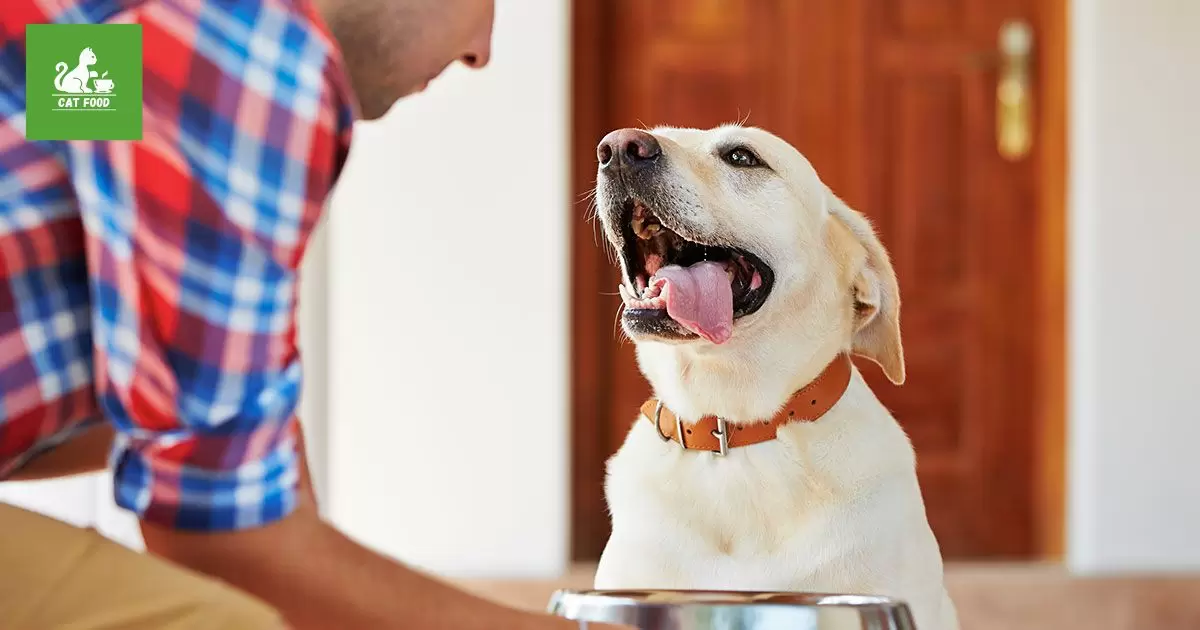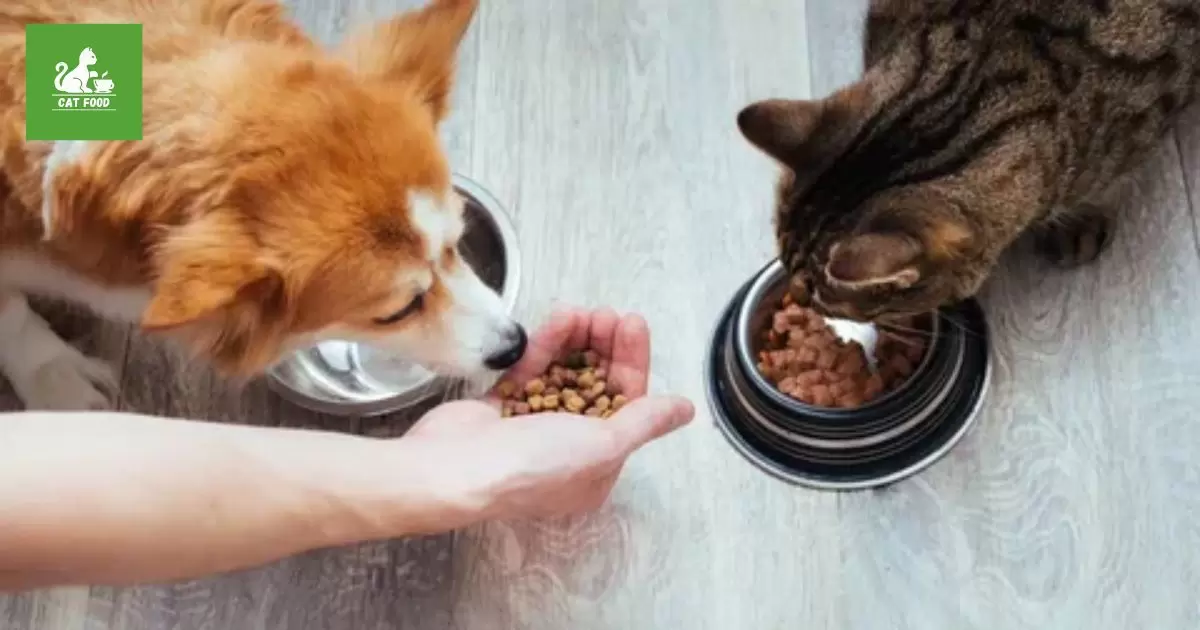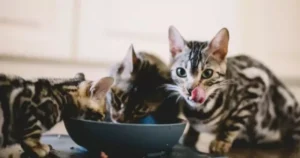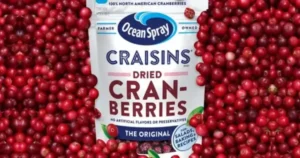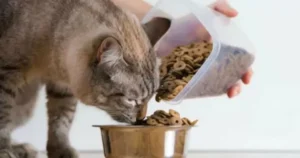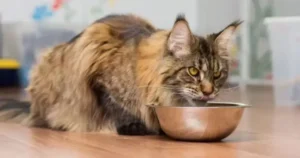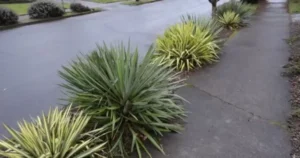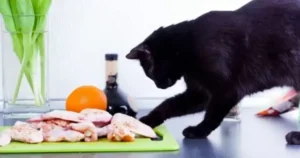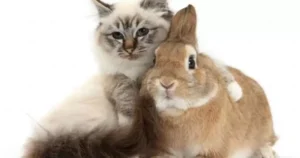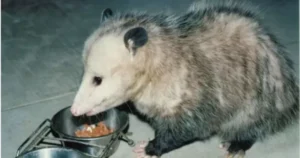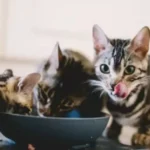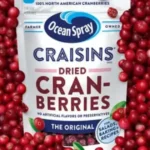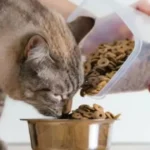Dogs love the flavor of cat food however it can lead them to ill. Keeping your cat’s meals adequately far away from a curious canine is essential for avoiding veterinary problems. Luckily, there are simple and effective methods to securely store cat food where dogs can’t access it.
Dogs want to eat yummy cat food. But cat food makes dogs sick. So how to keep cat food away from your dog? Put cat dishes up high where dogs can’t reach. Also, keep dogs out of the room when cats eat. These easy tips stop dogs from getting to cat food. And keep both pets happy and healthy.
Dogs love the taste of cat food. But it contains too much protein and fat for them. This can cause digestive upset if dogs access it. Use baby gates or closed doors to feed cats separately. Store cat food up high on shelves dogs can’t reach. Place dry food in secure containers too. Simple precautionary steps will safely keep enticing cat meals away from hungry dogs.
What dangers exist in dogs accessing cat food
Cat food can make dogs sick. It has more protein and fat than dog food. Too much fat and protein reasons disenchanted stomachs, diarrhea, and vomiting in dogs. Some puppies get a painful pancreas from too much fat. Eating cat poop from the muddle box also risks spreading parasites to dogs.
The better fat and protein content in cat food, intended for obligate carnivores like cats, can cause digestive problems in puppies. Illnesses like pancreatitis, which causes vomiting, diarrhea, and abdominal aches can result. Dogs ingesting cat feces from litter packing containers can switch parasites internally too. Vet bills also ensue from getting into cat food. So it poses both health hazards and financial risks. That’s why it’s important to keep cat food like Keep Cat Food safely stored and out of reach of dogs. Taking preventative measures can help avoid these health issues and expenses.
Separating cats and dogs during feline meal times
Feed cats in a different room from dogs. Use baby gates in doorways to keep dogs out. Close doors to allow cats to eat alone in peace. Separate spaces let them enjoy their food without worrying about dogs barging in to steal it.
Place cat food bowls in areas dogs can’t access while they eat. Baby gates in doorways or simply keeping doors shut to certain rooms blocks dogs. Cats can then relax and eat their allocated meals like Keep Cat Food without competing for food with dogs. This separation at mealtimes also reinforces good habits. Having separate areas for cats to eat without interference from dogs helps ensure cats finish their food and get the nutrition they need. It also prevents issues that can arise when dogs have access to cat food.
Utilizing baby gates for restricting cat dining areas
Baby gates are easy to find. Pressure-mounted ones can pop securely into doorways. They allow cat owners to control room access while letting cats freely pass through openings to access food and litter boxes. But keep dogs completely out of cat areas while eating.
Place baby gates in any doorway a dog could pass through to get to cat food. Look for pressure-mounted gates that expand to fit snugly. Cats can cleanly jump over while dogs remain blocked by the barrier. Ensure the gate height sufficiently deters dogs. Getting quality ones tall enough to stop dogs prevents breaches.
Keeping cat food storage containers securely shut
Always store dry cat food in sealed containers. Heavy plastic bins with locking lids keep food fresh and safe from dogs. Metal cans make accessing food harder too. For wet food pouches, use clips to tightly reseal opened packets between feedings. This denies dogs tempting smells and tastes.
Tightly sealed plastic storage bins or heavy-lidded metal canisters send smells and tastes dogs love. Clipped pouches prevent any spills or leakage too. Proper food storage limits stimulation enticing dogs to break in. It also maintains freshness since air exposure degrades dry food over time. Investing in durable, impermeable containers pays off.
Placing cat bowls in high locations dogs cannot reach
Elevate cat bowls so dogs cannot reach them. Use surfaces several feet high like counters, shelves, or tables to position them. Elevation prevents swiping from floors. It also lets cats eat above dog eye lines which further minimizes stress and competition.
Strategically placing cat food dishes higher up puts them safely out of even tall dogs’ reach. Position them on countertops or shelves at least four feet up or higher. This makes it impossible for dogs to access contents. Ensure the spaces still have easy cat access through jumping routes. Location adjustment thwarts stealing.
Using doors, gates, and barriers to block dogs
Doors and folding gates both prevent entry to rooms. Close off areas completely where cat dishes sit. This restricts dogs from entering to even attempt swiping food or approaching cats. Hard barriers also reinforce training for dogs to avoid such spaces.
Shut doors or configurable pen gates to seal off rooms containing cat bowls. Physically denying any dog entry is key. Barriers remain fully shut until cats finish eating. This isolation method supports distancing dogs from temptation and intruding on feline meal times. Hard obstacles work better than relying just on training manners alone.
Training dogs to avoid attempting to eat cat food
Use firm “No” commands if dogs go after cat food. Redirect them to their full food dishes instead. Praise ignoring cat food. Provide toys for distraction if needed. Consistency trains dogs on these rules. It helps curb natural desires to eat neighboring cat food through positive reinforcement training.
When dogs attempt to access cat food, clearly tell them “No” and move them away to reinforce restrictions. Redirect interest back to designated dog bowls filled with appropriate food instead. Offer favorite chew toys to distract from cat food areas as needed too until barriers can be closed again securely.
Providing distraction toys when cats are eating
| Distraction toys keep cats occupied. | Toys can distract cats from food. |
| Cats focus less on eating. | Cats play with toys while eating. |
| Owners can provide toy mice. | Toy balls also work to distract cats. |
| Cats bats toys around while eating. | Cats stay entertained with toys. |
| Distraction prevents food aggression. | Toys reduce stress at mealtimes. |
| Owners should provide several toys. | Rotate different toys to prevent boredom. |
| Distraction toys are a simple solution. | Keeping cats busy prevents problems. |
Give dogs stuffed Kongs or safe chew bones when cats eat. These provide positive alternatives that keep dog minds and teeth occupied. Rotate novel distractions to keep these times rewarding. Food puzzles work too. Distractions reduce dogs’ fixating on restricted food just out of reach.
Occupying dogs with beloved chew bones or puzzle toys is key while cats eat safely separated away. New and novel distractions work best to hold attention and prevent fixating on food they cannot have. Stuffing deliverables inside Rubber Kongs extend engagement. Rotate different mind-stimulating distractions to mealtimes fresh.
Monitoring interactions between pets at feeding times
Stay alert at feeding times. Watch in case conflicts arise as cats eat and dogs want access. Be ready to physically body block dogs if needed. Head off attempts approaching closed gates before escalation. Manage tensions carefully through training and barriers. Prevent problems proactively since health risks exist.
Carefully monitoring both pets when food is out reduces chances for unauthorized food access. Having dogs leashed or crated adds control if needed. Be ready to promptly intervene blocking dogs if showing unwanted interest in cat food zones. Pay extra attention to high-value food items. Patience and strong training foundations ease the process.
Asking vets about health risks and prevention tips
Consult veterinarians for tailored advice on dog and cat interactions around pet food. Ask about dog-safe storage and training steps specific to your home setup. Get clarity on health dangers. Vets guide pet food coordination strategies. They provide sound information addressing concerns like parasites, pancreatitis, and weight. Specifically, vets can offer guidance on the safe storage of cat food like Smalls Cat Food to prevent dogs from accessing it.
Connecting with your family veterinarian furnishes professional guidance in navigating cat and dog food challenges. Seek clinic input dialed to your pets’ needs on ideal access prevention methods. Confirm which health risks most concern vet staff to help gauge and mitigate issues like parasites from litter boxes or pancreatitis flare-ups. Incorporate their pet food management insights.
FAQs:
How do I keep my dog from consuming cat meals?
Use infant gates, doorways, and extended shelves to restrict entry whilst feeding cats that dogs can’t get beyond or attain.
How do I train my dog not to eat cat food?
Use “leave it” commands, redirection, and rewards for avoiding cat food to train dogs to not eat cat meals.
How do you separate dog food from cat food?
Feed pets in different rooms behind closed doors or baby gates so dogs cannot access cat bowls.
What to do with cat food when you have a dog?
Store dry cat food securely in lidded containers up high and feed cats in areas dogs are denied entry to.
Conclusion:
How To Keep Cat Food Away From Dog? is important for both pets’ health. There are several effective methods to accomplish this. Elevated bowls that your cat can access but your dog cannot work well. Separating pets at mealtimes also helps restrict access. Taking steps to restrict your dog’s access to areas where the cat food is kept will also be effective.
Overall, a little planning and effort on your part can go a long way toward keeping your cat’s food away from your dog. Following tips like using elevated bowls, separating pets at mealtimes, and restricting access to food areas will help you achieve this important goal of preventing your dog from eating your cat’s food.
